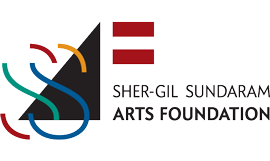USG Grant for Photography 2023
Umrao Singh Sher-Gil Grant for Photography 2023
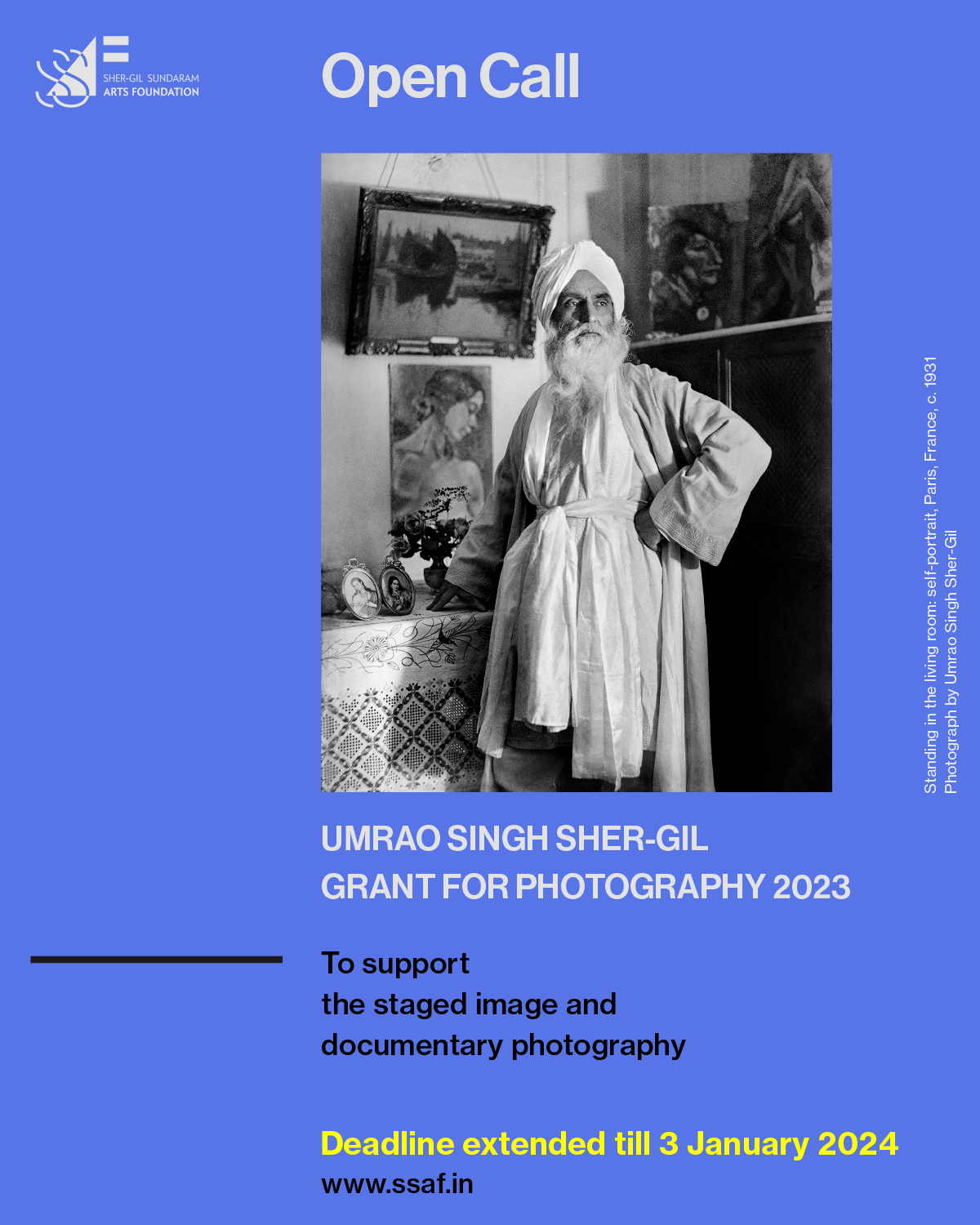
Sher-Gil Sundaram Arts Foundation (SSAF) is pleased to announce the seventh edition of the Umrao Singh Sher-Gil Grant for Photography.
Umrao Singh Sher-Gil (1870–1954) was a Persian and Sanskrit scholar who spent a contemplative life in pursuit of knowledge of the arts, astronomy and philosophy. His photographic practice, in keeping with his reclusive nature, was a private affair and his principal subjects were his family and himself. In 2007, the first retrospective exhibition of Umrao Singh’s vintage prints was held at the Rencontres d’Arles photography festival in France followed by exhibitions at the National Gallery of Modern Art in Delhi and Mumbai. This exhibition brought critical attention to Umrao Singh as a photographer. His self-portraits span almost 60 years and make up a unique archive. Umrao Singh is regarded as a pioneering figure of the mise-en-scène or staged photography in India.
Established in 2015, the Umrao Singh Sher-Gil Grant for Photography recognizes a photographer’s commitment to staged and documentary photography projects.
Given the proliferation of AI generated images, the space for traditional photographic practices is expected to shrink in the near future. It has become even more imperative to extend support to photographic practices that use analogue and conventional digital technologies.
Since 2022, SSAF pledged two annual photography grants of INR 3,00,000 each in Umrao Singh’s name to encourage independent voices in photography. The Umrao Singh Sher-Gil Grant for Photography 2023 will be awarded to two projects—one using the staged image and the other documentary photography.
The grants are intended to support photographers who have begun working on their projects and need financial assistance to complete them.
Eligibility Criteria
- Indian nationals who reside in India may only apply.
- There is no age limit for the applicants.
- Individual photographers as well as collaborative projects can apply.
- Applicants must not hold any other fellowship/ grant for the proposed project.
- Applicants should apply with a project currently in progress and for whose completion financial support is required.
- Applicants can apply with two projects, each using one of the two genres the grants support.
- Applications that combine both genres in one project are also eligible.
- Applicants must confirm in writing that the proposed project has not been exhibited in any commercial gallery in India or abroad. Projects that have been exhibited will not be considered. Sharing works from the proposed project on social media platforms is acceptable.
Application Procedure
The application form must be filled in online here.
There is no application fee. Please combine the following material in a single folder and upload it on any cloud-based file-sharing platform [GoogleDrive, WeTransfer, Dropbox, etc.]. Share the link to the folder in the application form.
1. Artist statement (maximum 750 words)
Please define the scope and conceptual intent of the project. Note that this grant is for a work in progress only; clearly mention the stage your project is at and the reason(s) financial support is required to see it to completion. Detail your plan and objectives towards the realization of the project. Kindly state any exposure your project has previously received (such as on social media platforms or online magazines), if any. Upload as a PDF document.
2. Biography of the applicant (should not be more than 3 pages)
Your biography/ resume should include details about your history as an artist, past exhibitions, publications, awards, and grants shortlisted for and/or received. Please include details of employment if you are currently employed in a part-time or full- time capacity. Upload as a PDF document.
3. Timeline
Please provide a clear timeline and schedule that outlines precisely how the proposed project will be completed within 18-months. Upload as a PDF document.
4. Budget
A comprehensive budget detailing funds required to complete the project over 18-months has to be provided alongwith the application. Following are the guidelines for the budget plan:
- Expenditure towards capital assets cannot be included. The purchase of computers and photographic equipment is not covered by the grant, including printers, cameras, dark room equipment etc.
- Consumables such as film rolls/ SD cards, ink cartridges, pen drives, chemicals for processing and printing, paper costs towards the specific project being proposed are acceptable costs to be included in the budget.
- Reasonable expenditure towards renting third-party studios specifically for the proposed project, if required, is covered by the grant. Rent for existing studio spaces is excluded.
- It is mandatory for the recipient of the grant to submit original invoices to SSAF after each disbursement of funds as per the budget submitted. Miscellaneous cash expenses of more than INR 10,000 (per entity/person in a single day) cannot be added to the overall budget.
- The budget submitted along with the application will be binding on the recipient of the grant. Therefore, the budget must indicate only legitimate
and realistic expenses which are essential for the completion of the proposed project.
Please refer to the following table for a sample budget plan. Upload the plan as a PDF document.

5. Images of ongoing work
- Please upload 10-15 images from your ongoing work. Ensure that the images are from the project for which the application is being made. Submission of any other images will make the grant application ineligible.
- Generative AI images are not eligible for submission.
- Follow the file size specifications as 300 ppi resolution, 10 inches on the long side, TIFF image file format. Please ensure the files are colour-corrected and print-ready. From the shortlisted proposals, prints will be made for the final jurying process. These prints will be destroyed post the selection of the grantees and video evidence of the same will be shared with the respective applicants.
- The filenames should be in the following format:
<first name>_<last name if applicable>_<image number in your sequence>
For example, if your name is Prakash Bhuyan, then the third photograph in your sequence should be named Prakash_Bhuyan_03.tif and so on. - Copy all the images into a single folder and name the folder in the following format:
<first name>_<last name if applicable>_USG23
For example, if your name is Prakash Bhuyan, then your folder of images should be named as Prakash_Bhuyan_USG23.
6. Captions/titles and other image information
Please submit a PDF document mentioning the captions, medium and other details (in a tabular format as shown below) pertaining to each image file submitted with the application.

Selection Process and Timeline
- Deadline for submission of applications is 3 January 2024.
- Selection of the Grantees will be done by an independent 3-person jury.
- The jury will speak to the shortlisted applicants either via telephone or online before finalising the names of the Grantees.
- The announcement of the Grantees will be made thereafter in a public programme.
- The duration of the grant is 18 months.
If you need any clarification or information about the application process, please write to us at usg.photogrant@gmail.com or call at +91 11 4617 0894.
Jury
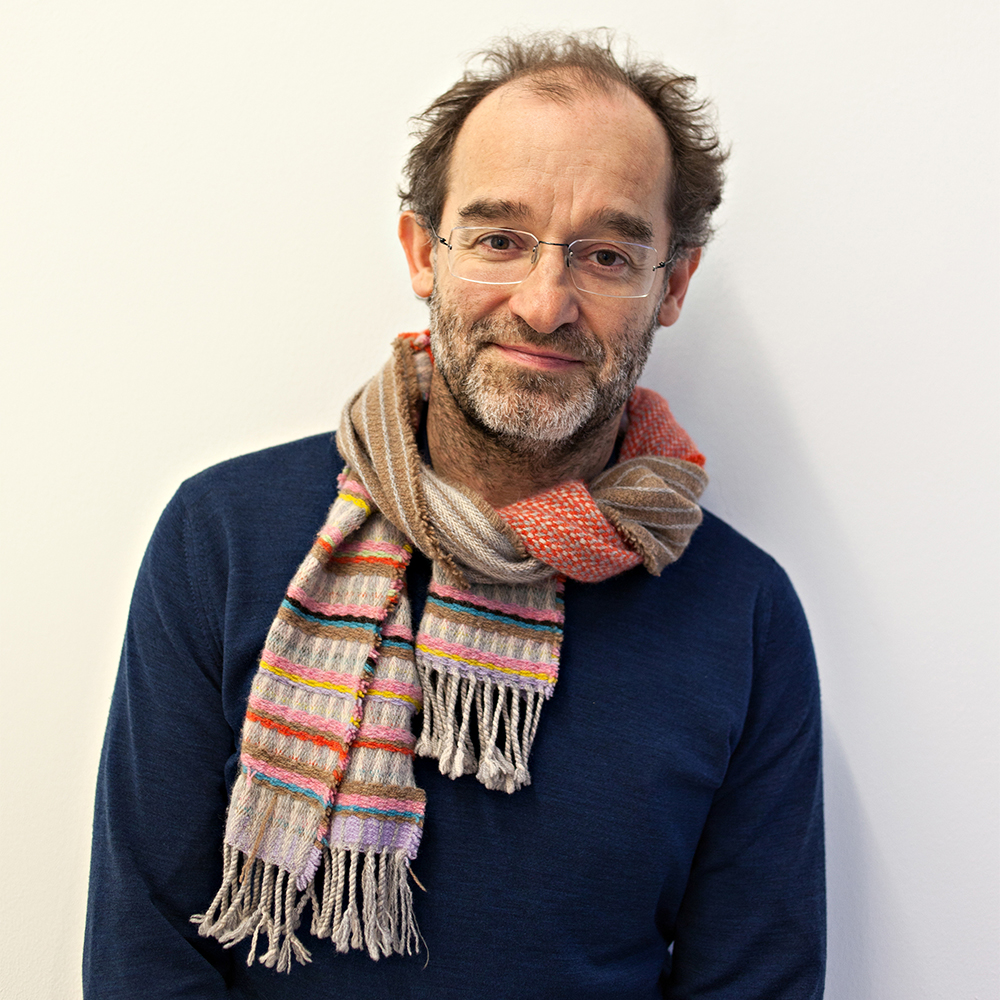
David Campany (Jury Chair) is a curator, writer and educator. He is the author of several books including On Photographs 2020, Indeterminacy: thoughts on time, the image and race(ism) co-written with Stanley Wolukau-Wanambwa 2022, A Handful of Dust 2015, Walker Evans: the magazine work 2014, Photography and Cinema 2008, and Art and Photography 2003. His recent exhibitions include Immersion: Gregory Halpern, Vasantha Yogananthan, Raymond Meeks ICP New York 2023, William Klein: Yes. Photographs, Paintings, Films 1948-2013 ICP New York 2022, and the six-museum Biennale für aktuelle Fotografie, Germany 2020. He teaches at the University of Westminster, London, and is Curator at Large, International Center of Photography, New York. www.davidcampany.com
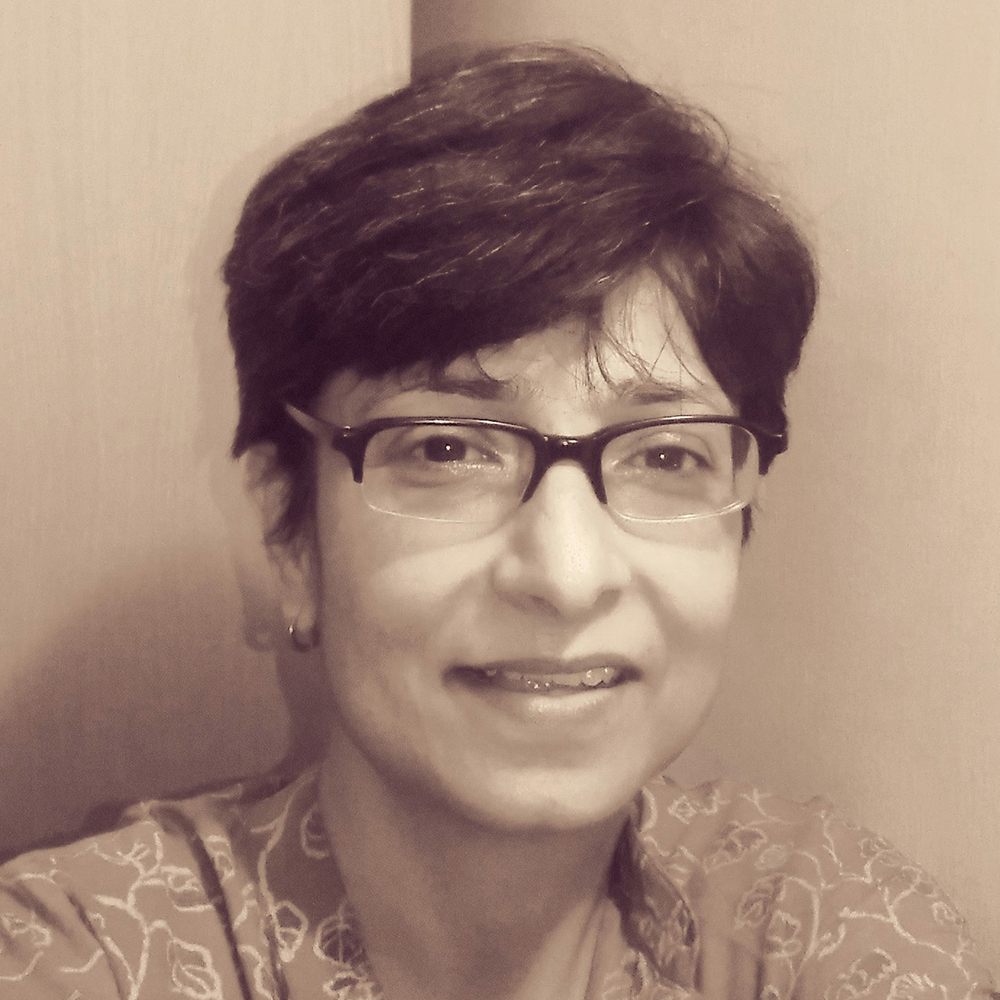
Madhuban Mitra works primarily with photography, film and video as part of an artist duo with Manas Bhattacharya. She studied English Literature and holds a Ph.D in Cultural Studies. Some of the duo’s recent solo and group exhibitions include Until the End of the World (2023) and Last Evenings on Earth (2019) at Photoink, New Delhi; A Visual Alphabet of Industry, Work and Technology, Fondazione MAST, Bologna (2022); Postdate: Photography and Inherited History in India, San Jose Museum of Art, California and Ulrich Museum of Art, Kansas, USA; and The Great Machine II in Museo Trepat, Tarrega, Spain, where they received the EMBARRAT award. Other awards include Fondazione MAST Photography Grant, Skoda Breakthrough Artist Award and a research residency from Pro Helvetia. Their work is part of the public collections of the Kiran Nadar Museum of Art (KNMA), Fondazione MAST, Bologna, and private collections around the world. They also teach courses on moving image and photography as visiting faculty in the Masters Programme at the National Institute of Design (NID), Gandhinagar.
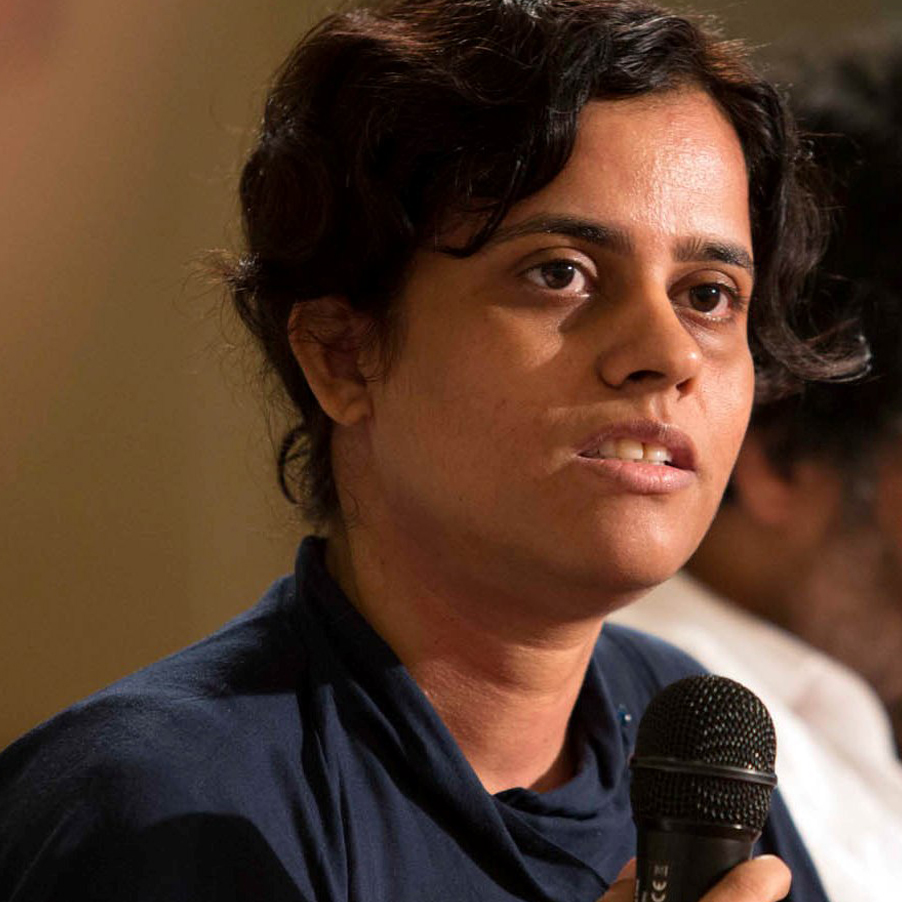
Vidya Shivadas is a curator based in New Delhi. She is the Director of the Foundation for Indian Contemporary Art, a non-profit arts organisation that works in the field of art education and aims to broaden the audience for contemporary Indian art, enhance opportunities for artists, and establish a continuous dialogue between the arts and the public through education and active participation in public art projects. Shivadas has curated a number of exhibitions at the Vadehra Art Gallery since 2005 as well as guest curated exhibitions at Devi Art Foundation, Kiran Nadar Museum of Art and Edinburgh Art Festival. She is the visual arts curator for Serendipity Arts Festival 2023. Shivadas is Visiting Faculty at School of Culture and Creative Expressions, Ambedkar University Delhi since 2013.
